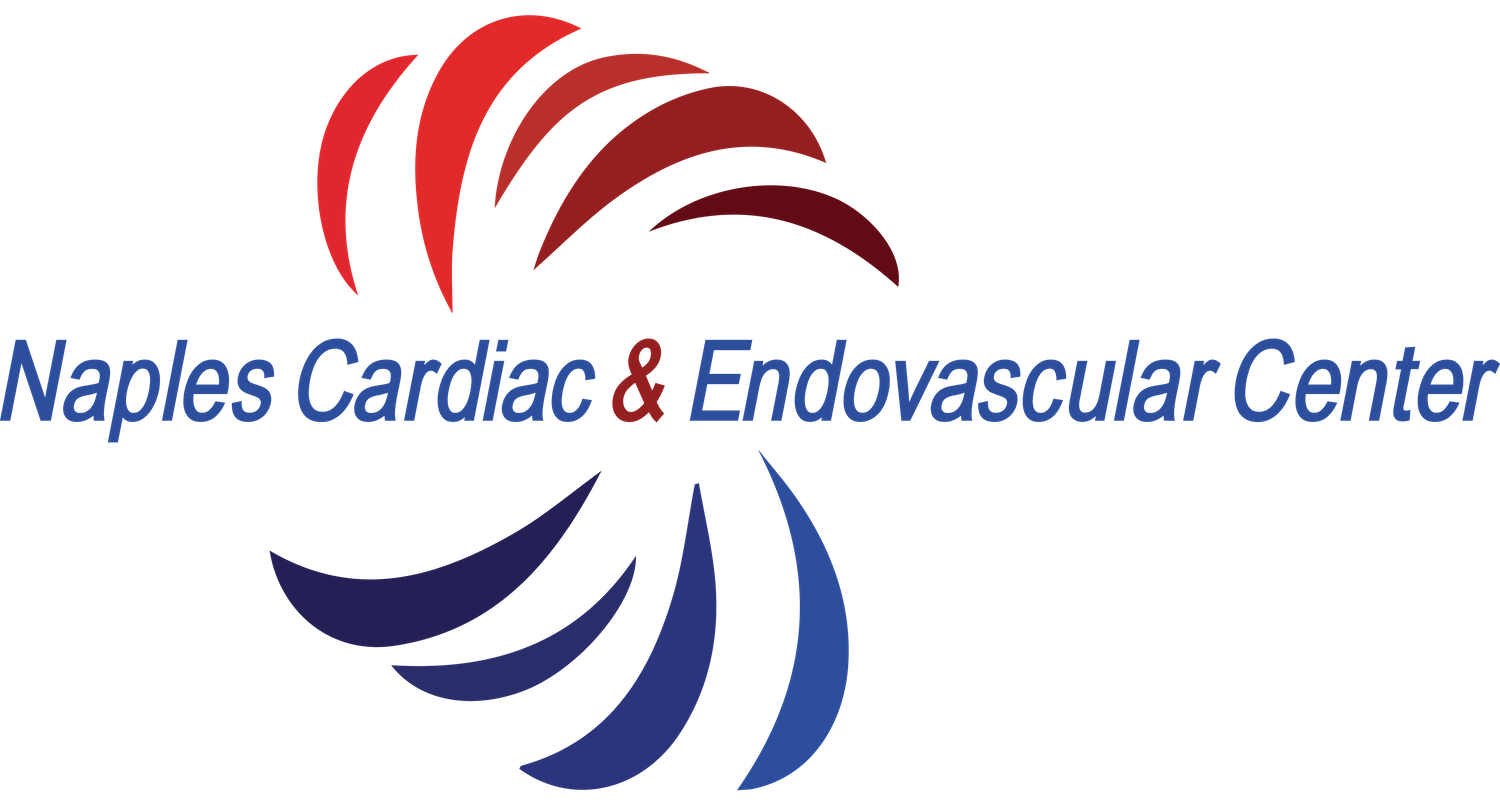Also known as coronary angioplasty, it uses a small, balloon catheter to open up clogged heart arteries and improve the blood flow, though it can also be inserted into your groin or arm. It’s a life-saving procedure that can minimize the damage to your heart and ease the chest pain that comes with the disease.
What is angioplasty?
Also called the percutaneous transluminal coronary angioplasty or percutaneous coronary intervention, this procedure is done immediately after a heart attack to minimize the damages. It encourages better blood flow and prevents the artery from narrowing in the future, which also reduces the risk of experiencing another heart attack.
How is angioplasty performed?
The thought of inserting inflatable tubes into your artery sounds daunting, but there’s no need to worry since doctors will give you local anesthesia before proceeding with the treatment. Doctors will likely utilize equipment like an x-ray, video, and special dyes to make it easier to find the blocked coronary artery, which then inflates once it reaches its destination.
This balloon should open up the narrow fatty deposits surrounding the artery and allow more blood to flow to your heart. Doctors may also use a stent, a stainless steel mesh that is designed to keep the blood vessel open.
It’s significantly less invasive than similar procedures like bypass surgery, though it also comes with its risks.
What are the risks?
Coronary angioplasty is a common medical procedure. Although angioplasty is normally safe, there is a small risk of serious complications, such as:
Bruising;
The formation of scar tissues;
Irregular heartbeat;
Kidney damage;
Infection;
Undergoing angioplasty long before a heart attack is often the best way to maximize its benefits since the risk of experiencing the side effects above are higher in emergency angioplasty.
Why do you need angioplasty?
Beyond treating a heart attack and opening up a fatal blockage in your artery, angioplasty is also necessary for improving your heart health if other medications fail. It’s a life-saving procedure that can enhance your quality of life.
The bottom line: The role of angioplasty in saving lives
Dealing with heart disease can be a fatal condition, so understanding what to expect from an angioplasty should ease your concerns and allow you to seek it as a treatment to mitigate your risk of getting a heart attack.
It should also steer you away from the need to undergo open-heart bypass surgery, which is significantly expensive and invasive. Angioplasty can last between half an hour to a few hours, making it a quick and efficient way to ease your heart condition.
Why choose us?
If you’re looking for a reputable cardiac specialist and endovascular center in Naples, FL, we’re one of the best in town! Get in touch with us today to set up an appointment and start your journey to a better heart.
To request a consultation click below or call (239) 300–0586


